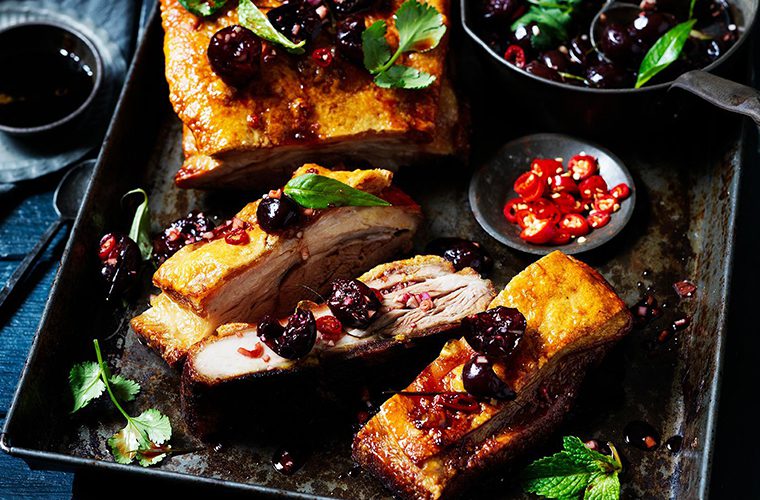
As the seasons change, restaurants need to evolve their offerings to keep up with the cravings of their customers. Crafting a seasonal menu that stands out from the crowd not only keeps your offerings fresh and exciting, but also keeps diners coming back time after time to try out those new dishes. This is especially important during the festive season where there’s even more intensive competition for reservations, but it’s a principle that can stand you in good stead from January to December.

1. Embrace seasonal ingredients
The heart of any great seasonal menu lies in the ingredients – so embrace the different produce and flavours that each new season offers and let it inspire your menu. As it’s Christmas, that means turkey of course, along with root vegetables and festive canapes. Having tried and true favourites on the menu is important, but you could compliment that with unusual sides, sauces, and starters to ensure that your guests are invited to eat at your table.
Partnering with local farmers and suppliers can ensure that your ingredients are fresh, in-season, and reflective of the community where you live. Sourcing your ingredients this way doesn’t just support local businesses, but it also adds a unique touch to your menu. It’s also more sustainable, which is increasingly important to today’s eco-conscious consumers.

2. Be adventurous with flavors
If you’re constantly changing up your menu, you have the opportunity to be a little bit more creative. Experiment with unique and bold combinations that showcase the creativity of your kitchen – like using unlikely international flavours in traditional British dishes to offer an interesting, global culinary experience.
Encourage your chefs to push the boundaries, creating dishes that leave a lasting impression on taste buds. But also, don’t forget about dietary preferences. Offering diverse options, including vegetarian, vegan, or gluten-free dishes, ensures that everyone can find something they enjoy on your seasonal menu.
Could you make a Christmas pudding or baked Alaska inspired by an Italian tiramisu or classic panettone, for example? Could boring brussels sprouts be spiced up with the addition of Indian flavours? Could turkey sandwiches be reimagined as Polish pierogi?

3. Try to tell a story with the dishes you create
Humans love stories, and your menu can be used to tell a story that engages diners from the moment they sit down. Instead of merely listing dishes, tell the story behind each one. Share the inspiration, the journey of the ingredients from farm to table, or the cultural significance of a particular dish at this time of the year.
This journey starts when they look through your menu. Rather than plainly describing what each dish is, choose a name that’s sprinkled with your personality and highlights the season. These small touches can really elevate the dining experience for your guests, painting them a picture that they will have in their minds long after leaving your restaurant.
When putting your season menu together, use language that evokes emotions and senses. Describe the crispness of freshly picked tomatoes or the warm hug that guests can enjoy when sipping your soups. A well-crafted menu should be a sensory experience even before the first bite of the starter is savoured.

4. Experiment with seasonal tasting menus
If you want to play around with different flavours and give your customers a memorable experience when they visit your restaurant, consider offering seasonal tasting menus. This allows your guests to indulge in a curated selection of dishes that showcase the best of the season and is an idea that can be revisited through the year, making a dining occasion in itself.
Tasting menus also give your chefs a chance to flex their culinary muscles in the kitchen, try out new flavour combinations, and experiment with seasonal ingredients. To take this experience to the next level, include wine or beverage pairings to enhance the flavours of each dish.

5. Let customer feedback inform your menus
Although your chefs are seasoned professionals who have a thorough understanding of how to create the best dishes, your guests will ultimately be your best critics and supporters – and your menus should always be crafted with these people in mind.
Encourage your loyal customers to provide feedback on your seasonal offerings. Ask them to let you know what dishes they liked, what they think is missing from the menu, or if there’s anything you could do to improve the dining experience. You can collect their feedback through comment cards, online reviews, or social media polls.
Listen to what your customers enjoy and take constructive criticism to heart. It's a valuable source of information that can guide you through designing each seasonal menu. Asking for their feedback also fosters a sense of loyalty among your customers and shows that you value their opinions.



